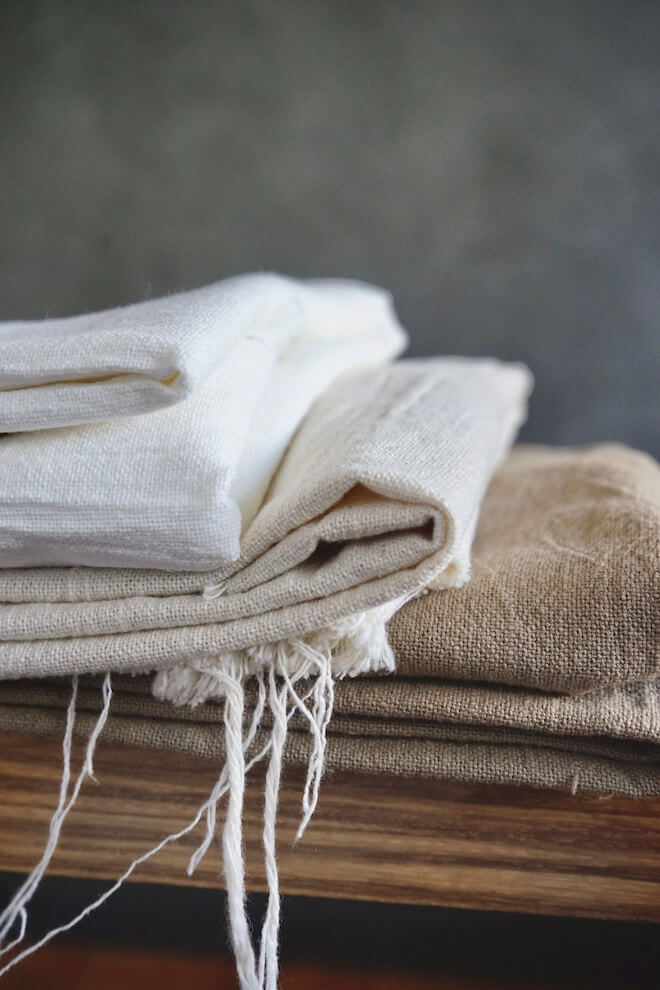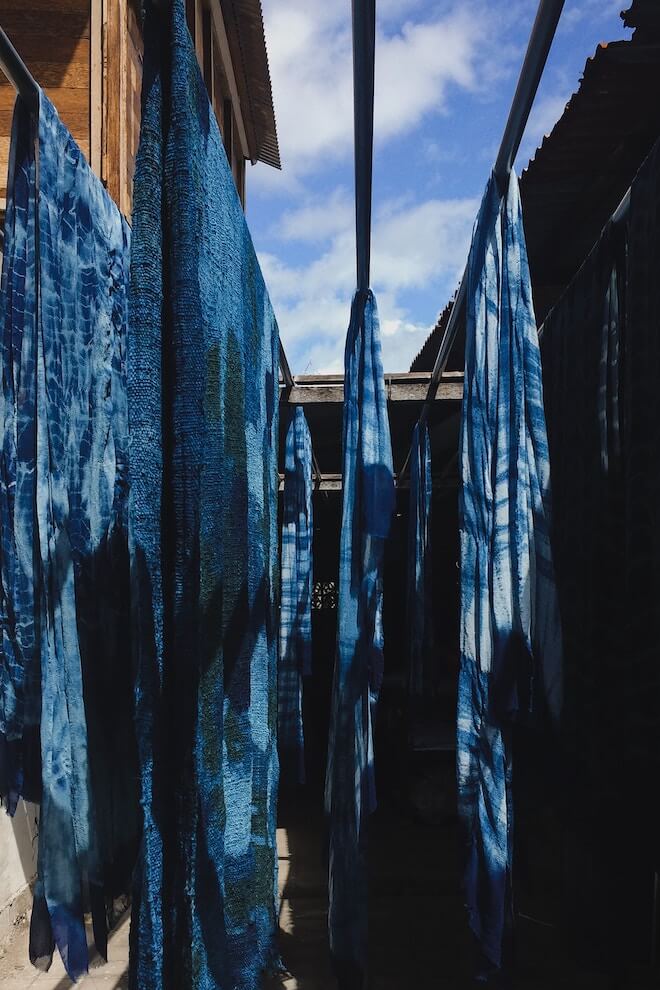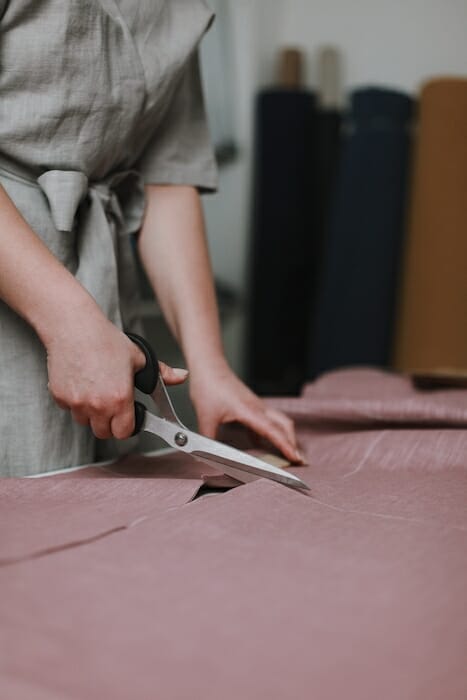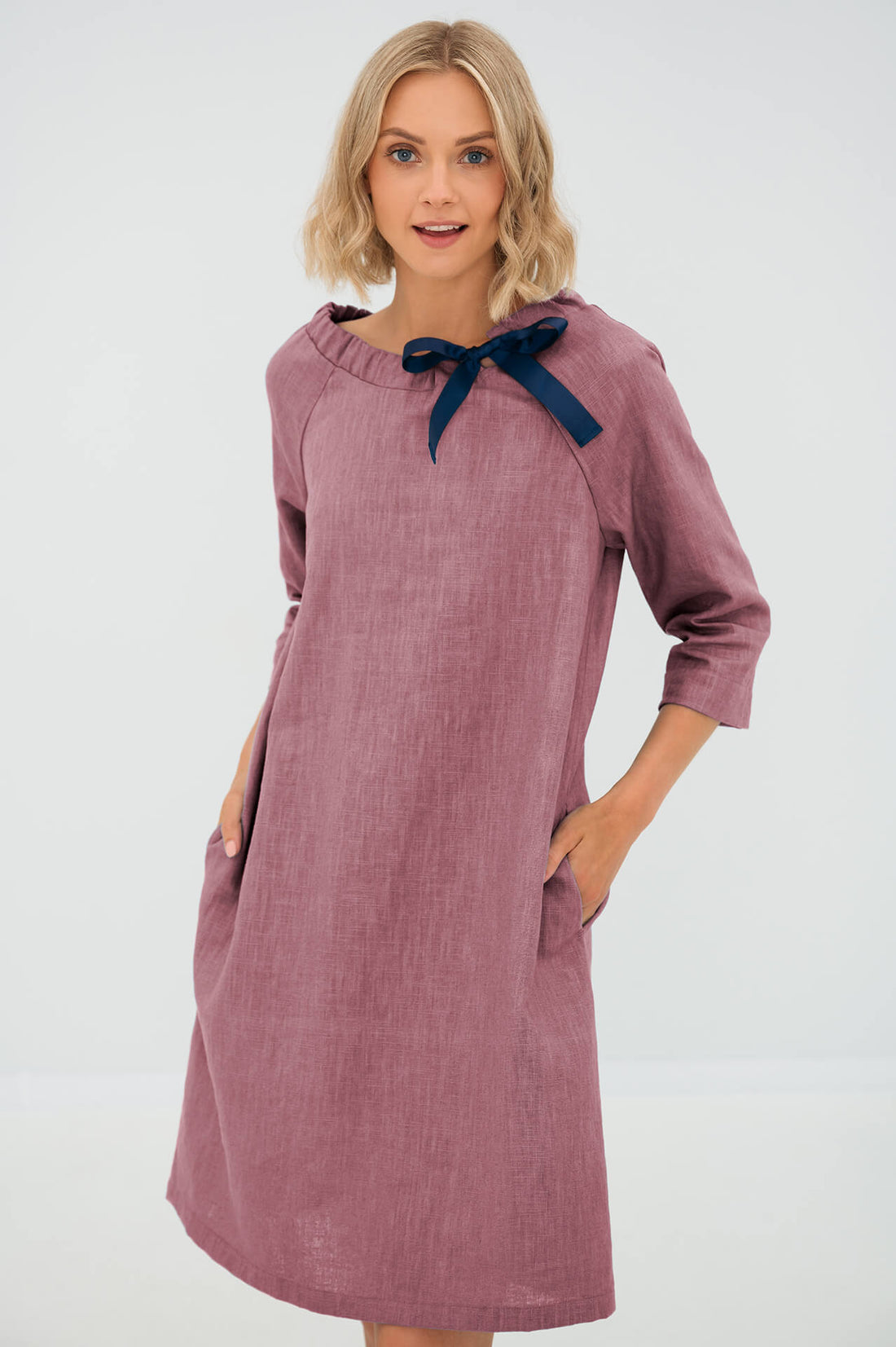What is sustainable fashion? Or what is sustainability in fashion?
Sustainable fashion refers to the concept of creating fashion items in a way that reduces the environmental impact and promotes social responsibility throughout the entire production process. It aims to create fashion items that are environmentally friendly, socially responsible, and economically viable.
One of the primary focuses of eco fashion is on the materials used in production. Sustainable fashion emphasizes using natural and organic materials, such as wool, linen, and cotton, grown and harvested without harmful pesticides and chemicals. These materials are biodegradable and do not contribute to the buildup of waste in landfills.
Another essential aspect of sustainable fashion is the production process. Organic fashion emphasizes responsible production, which includes minimizing waste, reducing energy consumption, and using renewable energy sources. This includes choosing manufacturing processes that are less harmful to the environment, such as using natural dyes instead of toxic chemicals.
Sustainable fashion also promotes the responsible distribution and consumption of fashion items. This means ensuring that the supply chain is ethical and that workers are paid fair wages and work under safe and humane conditions. Green fashion also emphasises reducing overconsumption and creating durable, long-lasting clothing items.

Examples of sustainable fashion
Here are some sustainable fashion examples:
- Organic & natural materials. Eco fashion uses organic fabrics like cotton and linen, grown without harmful pesticides and other chemicals. It also includes natural materials like wool and linen, which are renewable and biodegradable. Organic cotton, for example, is grown without synthetic pesticides, fertilizers, or genetically modified organisms (GMOs). Organic clothing is better for the environment and the people who grow and harvest the materials.
- Recycled materials. Utilizing recycled materials—made from waste products that would otherwise end up in landfills such as recycled plastic and recycled wool is another aspect of sustainable fashion. Natural resources are preserved, and waste is decreased.
- Natural dyes. Natural dyes derived from plants and other natural sources are another component of sustainable fashion. Unlike synthetic dyes, which may be hazardous to the environment and human health, these dyes are non-toxic and biodegradable.
- Fairtrade. Sustainable fashion also promotes fair trade practices, which ensure that workers in the fashion industry are paid fair wages and work in safe and healthy conditions. Fairtrade clothing also promotes sustainable production practices, reducing the fashion industry’s environmental impact.
- Slow fashion. What is slow fashion? It is a clothing design and production approach emphasizing quality over quantity. It is about producing durable and timeless clothes that can be worn for many years rather than making disposable clothes that are consumed quickly and cheaply.
- Upcycling. Upcycling transforms pre-existing materials into new products rather than throwing them away. This reduces waste and promotes creativity and innovation.
- Ethical practices. Sustainable fashion also incorporates ethical practices like responsible sourcing, transparent supply chains, and reduced water and energy consumption. These practices reduce the environmental impact of fashion and promote social responsibility.
- Repair and maintenance. Sustainable fashion also promotes the repair and maintenance of clothes, rather than throwing them away. This extends the life of clothes and reduces waste.



Forms of sustainable fashion
Sustainable fashion takes many forms, including:
- Eco-friendly fashion brands
Eco friendly fashion brands are companies that specialize in sustainable and ethical fashion. These brands often use natural and organic materials, promote fair trade practices, and have transparent supply chains. Eco friendly fashion is clothing produced with eco-conscious material and procedure that reduces the impact on the environment.
- Circular fashion
Circular fashion is a closed-loop system of clothing design, production, and consumption that aims to reduce waste and promote sustainability. It involves recycling and upcycling materials and promoting the repair and maintenance of clothes.
- Zero waste
Zero waste is another crucial concept of fashion and sustainability. It refers to the idea of minimizing waste throughout the entire life cycle of a garment, from production to disposal. This includes reducing waste during manufacturing, using biodegradable materials, and encouraging consumers to recycle or upcycle their clothing rather than throwing it away.
- Upcycling and recycling
Upcycling and recycling are two critical practices in a sustainable fashion. Upcycling involves taking pre-existing materials or clothing and repurposing them into something new and of higher value. For example, you can transform a pair of old jeans into a denim jacket or tote bag. On the other hand, recycling involves breaking down materials like plastic bottles or old clothes and turning them into new products.
- Ethical and fair trade practices
Eco fashion also includes ethical and fair trade practices. This means ensuring that all workers involved in the manufacturing process are paid fairly and work in safe conditions. It also means using materials that are sourced in an ethical and sustainable way.
- Natural clothing
Natural clothing is made from materials like wool, linen, and cotton. These materials are renewable and biodegradable, making them more sustainable than synthetic materials.



Why is sustainable fashion important?
Fashion industry has significantly impacted the environment. The textile industry produces about 10% of global carbon emissions, uses trillions of liters of water annually, and is responsible for making millions of tons of waste each year.
Consider the disposal of clothing as another factor if you need more justification for the importance of sustainability. Only a few of the clothes we discard are recycled, with the majority ending up in landfills. A portion of the clothes is burned while another one is buried underground. The main problem is that most of our clothing is made of synthetic fibers (you can read here the differences between natural and synthetic fibers), which can take up to 200 years to decompose.
Harsh chemicals used in production lead to illnesses in workers and occasionally cause congenital disabilities in kids who are forced to work in the fields as children. Low pay and poor working conditions in developing nations have been sacrificed to keep prices in fast fashion low. The workers at these companies are not given a comfortable factory working environment.
Sustainable fashion is important because it solves these environmental and social issues. Eco fashion reduces the environmental impact by producing durable, responsible fashion made from renewable materials manufactured and distributed ethically. It improves the lives of workers in the fashion industry. It also encourages consumers to think more critically about their clothing choices and consider their purchases’ environmental impact.

10 Benefits of sustainable fashion
Sustainable fashion offers numerous benefits, both for the environment and for society as a whole. There are many benefits to choosing sustainable fashion over fast fashion. Some of these benefits include:
- Reducing Environmental Impact. One of the most significant benefits of sustainable fashion is its ability to reduce the fashion industry’s environmental impact. Sustainable fashion promotes using natural and organic materials, renewable energy sources, and responsible production processes that minimize waste, water pollution, and greenhouse gas emissions.
- Social impact. Sustainable fashion also has a positive social impact by ensuring fair and safe working conditions for workers in the fashion industry.
- Unique style. Sustainable fashion often features unique and one-of-a-kind designs, as many sustainable fashion brands produce limited runs of each technique.
- Cost savings. While sustainable fashion may have a higher initial cost, its durability will last longer and ultimately save consumers money in the long run.
- Preserving Earth’s Natural Resources. By encouraging the use of renewable, biodegradable, and chemical-free materials, sustainable fashion helps to protect Earth’s natural resources. This promotes the preservation of resources like energy, water, and land.
- Supporting Ethical Practices. Sustainable fashion promotes ethical practices in the fashion industry, such as fair labor practices and safe working conditions for garment workers. Consumers can contribute to a more equitable and just fashion industry by supporting sustainable fashion brands.
- Improving Quality and Durability. In contrast to fast fashion, sustainable fashion encourages the production of sturdy, high-quality clothing. As a result, fewer garments are required to be replaced frequently, and fewer clothes are disposed of in landfills.
- Encouraging Mindful Consumption. Consumers are inspired by sustainable fashion to make more ethical fashion decisions and select clothing that reflects their values. As a result, mindless consumption declines, and a more deliberate, environmentally friendly approach to fashion is encouraged.
- Supporting Local Communities. By using local resources and production techniques, sustainable fashion frequently benefits the neighborhood. This can lessen the carbon footprint associated with shipping goods over long distances and support local economies while generating jobs.
- Fostering Creativity and Innovation. Since designers must find new ways to make clothing items that are both sustainable and fashionable, sustainable fashion encourages creativity and innovation in the fashion industry. This may result in innovative, eye-catching, environmentally friendly fashion trends.



How you can support sustainable fashion
Supporting sustainable fashion is not only important, but it’s also more straightforward than you may think. There are many ways consumers can help sustainable fashion. Some tips to go green with your wardrobe include:
- Choose eco-friendly fashion brands. Look for brands that use organic materials, renewable resources, and eco-friendly practices in their production process.
- Go minimal. Consider adopting a minimalist wardrobe, focusing on a few high-quality pieces that can be mixed and matched.
- Shop from Sustainable Fashion Brands. The most direct way to support sustainable fashion is to shop from brands. Look for brands prioritizing sustainable and ethical practices, such as using organic and recycled materials, paying fair wages to workers, and implementing environmentally-friendly production processes.
- Choose Natural Materials. When shopping for clothing, choose natural materials such as cotton, wool, and linen, which are renewable and biodegradable. Avoid synthetic materials such as nylon and polyester, which are derived from non-renewable resources and take hundreds of years to decompose.
- Invest in Quality and Durability. Invest in high-quality, durable clothing that will last longer than fast fashion items. This will reduce the amount of clothing in landfills and save you money in the long run by reducing the need for frequent replacements.
- Shop Second-hand. Shopping second-hand is a great way to reduce the fashion industry’s environmental impact. Look for second-hand stores, consignment shops, and online marketplaces that offer gently used clothing items at a fraction of the cost of new items.
- Participate in Clothing Swaps. Clothing swaps are a fun and social way to refresh your wardrobe while reducing waste. Gather a group of friends and trade clothing items that you no longer wear.
- Repurpose and Upcycle Clothing. Get creative and find ways to repurpose clothing items you no longer wear. For example, you could turn old t-shirts into tote bags or cut-off shorts. Rather than discard old clothing, consider recycling or upcycling it into something new.
- Take Care of Your Clothing. Properly caring for your clothing can extend its lifespan and reduce the need for frequent replacements. Follow care instructions on clothing labels and mend or repair clothing items when necessary.

Conclusion
Sustainable fashion is an essential aspect of responsible fashion, and it is critical to ensure that the fashion industry remains mindful of the environment’s impact. Eco conscious fashion, helps reduce waste and carbon footprint and promotes responsible production, distribution, and consumption of fashion items.
By choosing sustainable fashion, individuals can help reduce the fashion industry’s environmental impact and promote a more ethical and sustainable approach to fashion. It is important to remember that every small step counts towards a more sustainable future, and choosing sustainable fashion is an easy and effective way to impact the planet positively.
There are several ways to support sustainable fashion, including opting for organic materials, choosing clothes that are made to last, repairing and maintaining clothes, shopping second-hand or vintage, and choosing brands that prioritize eco-friendly practices.
As consumers, we have the power to impact the fashion industry and the environment significantly. By choosing sustainable fashion, we can reduce our environmental footprint, promote ethical and responsible fashion, and create a more sustainable future for the planet.

